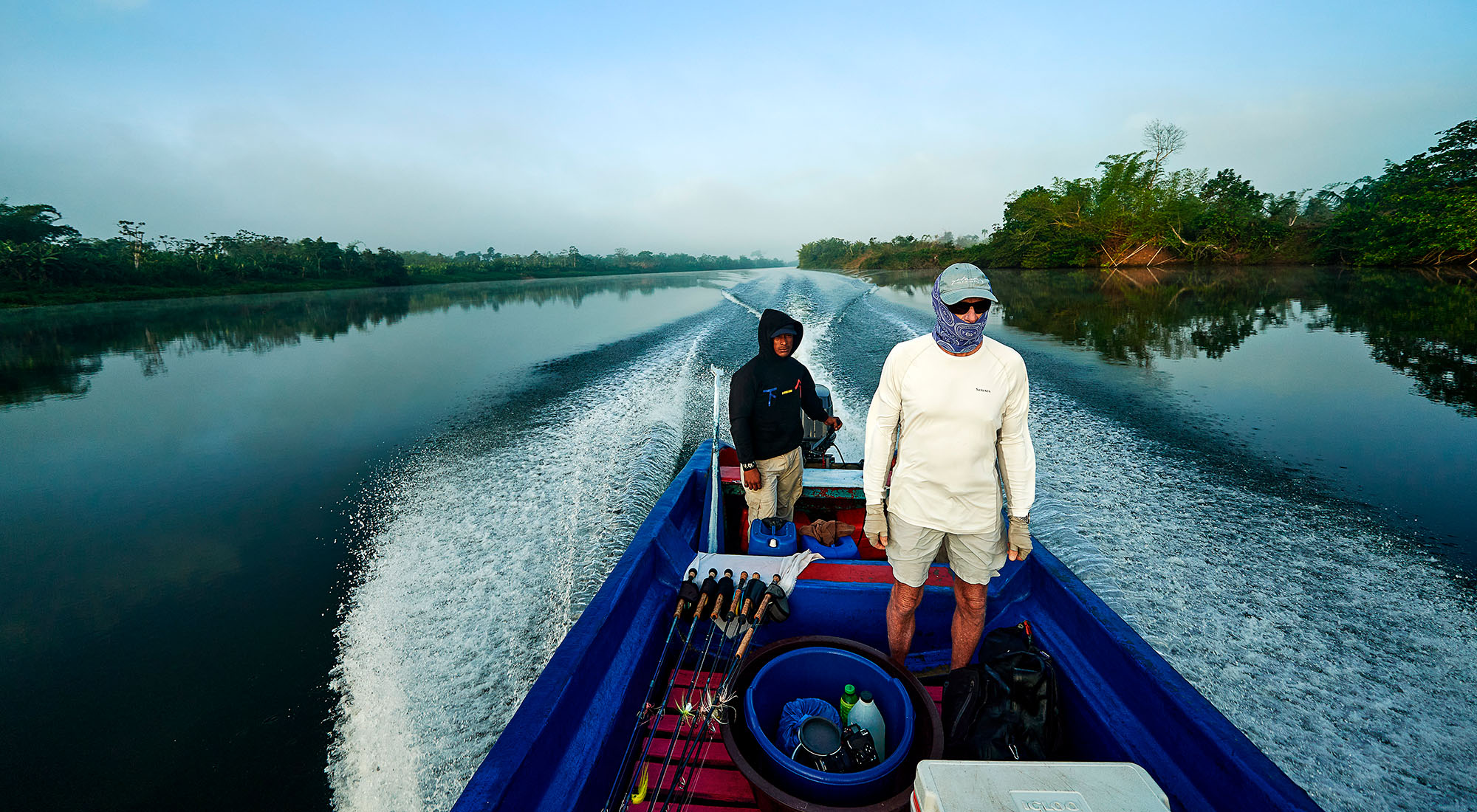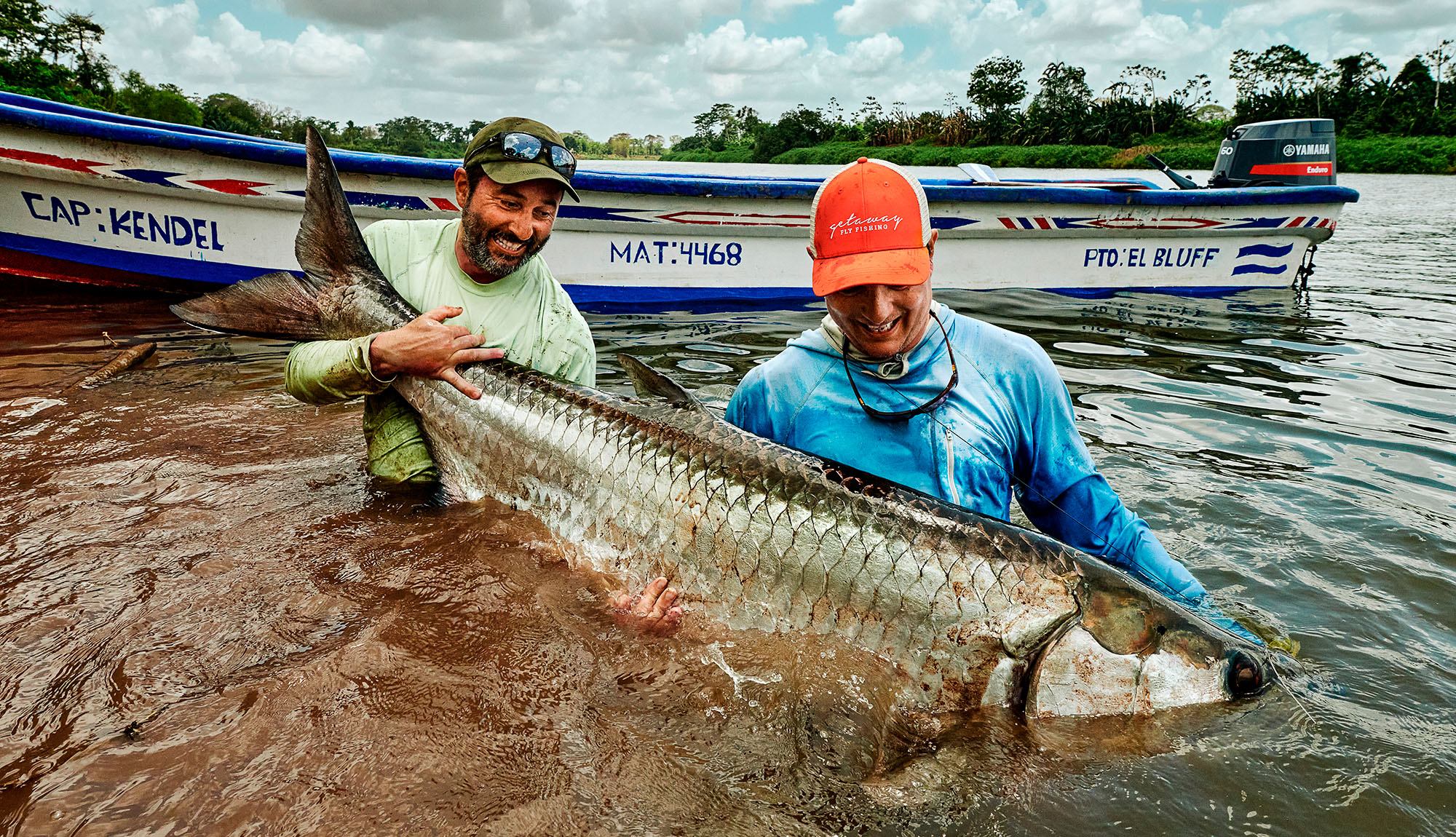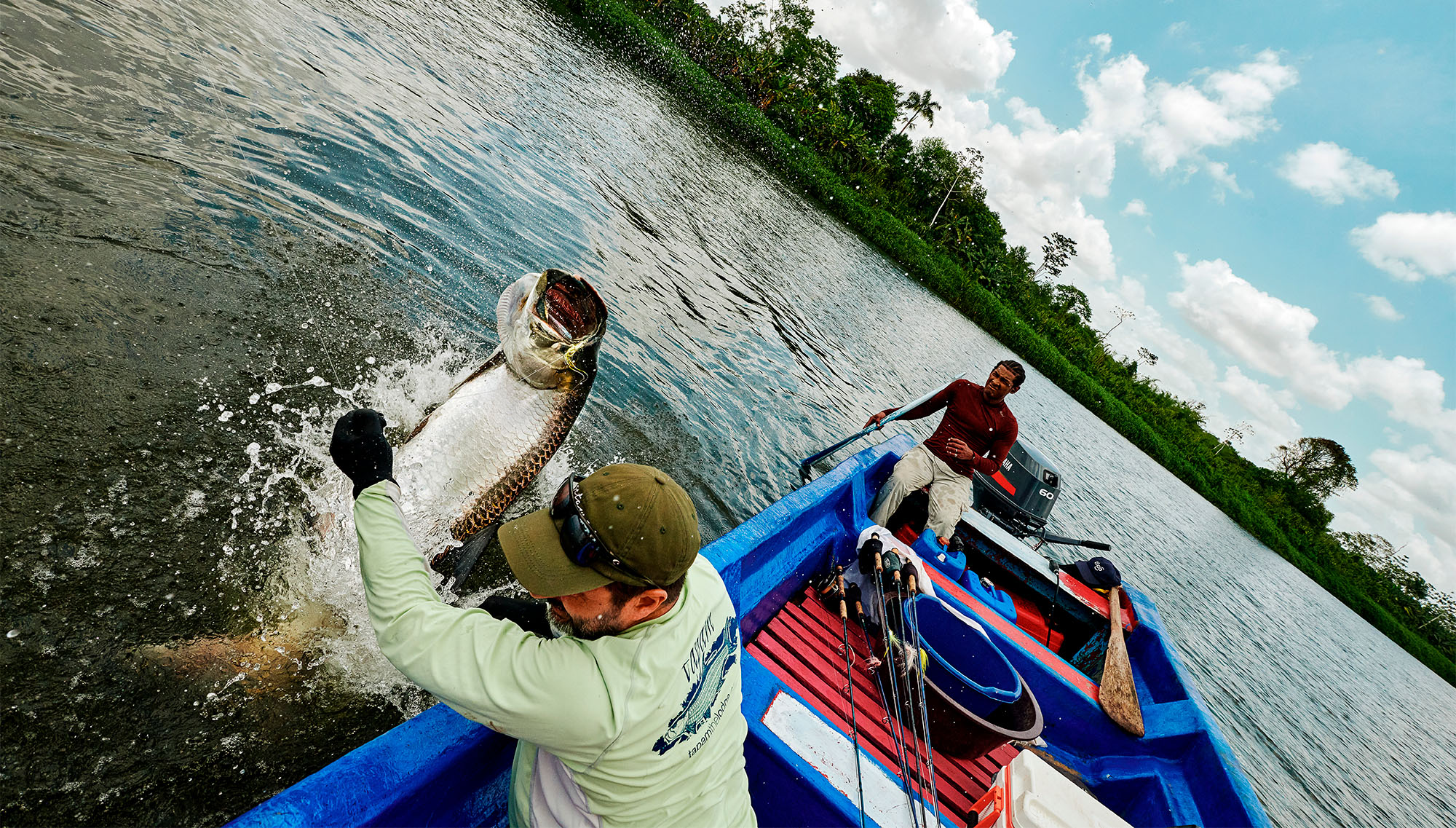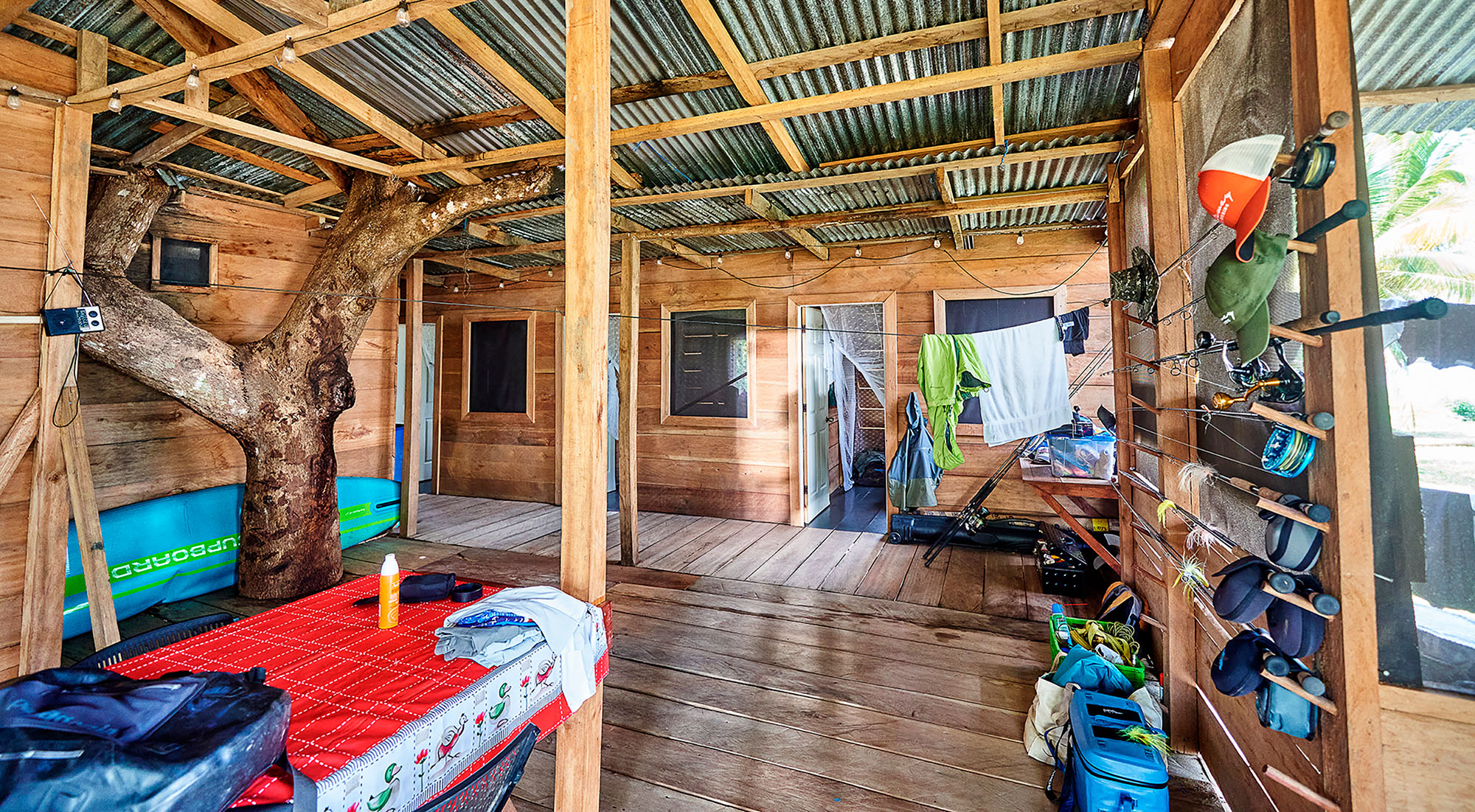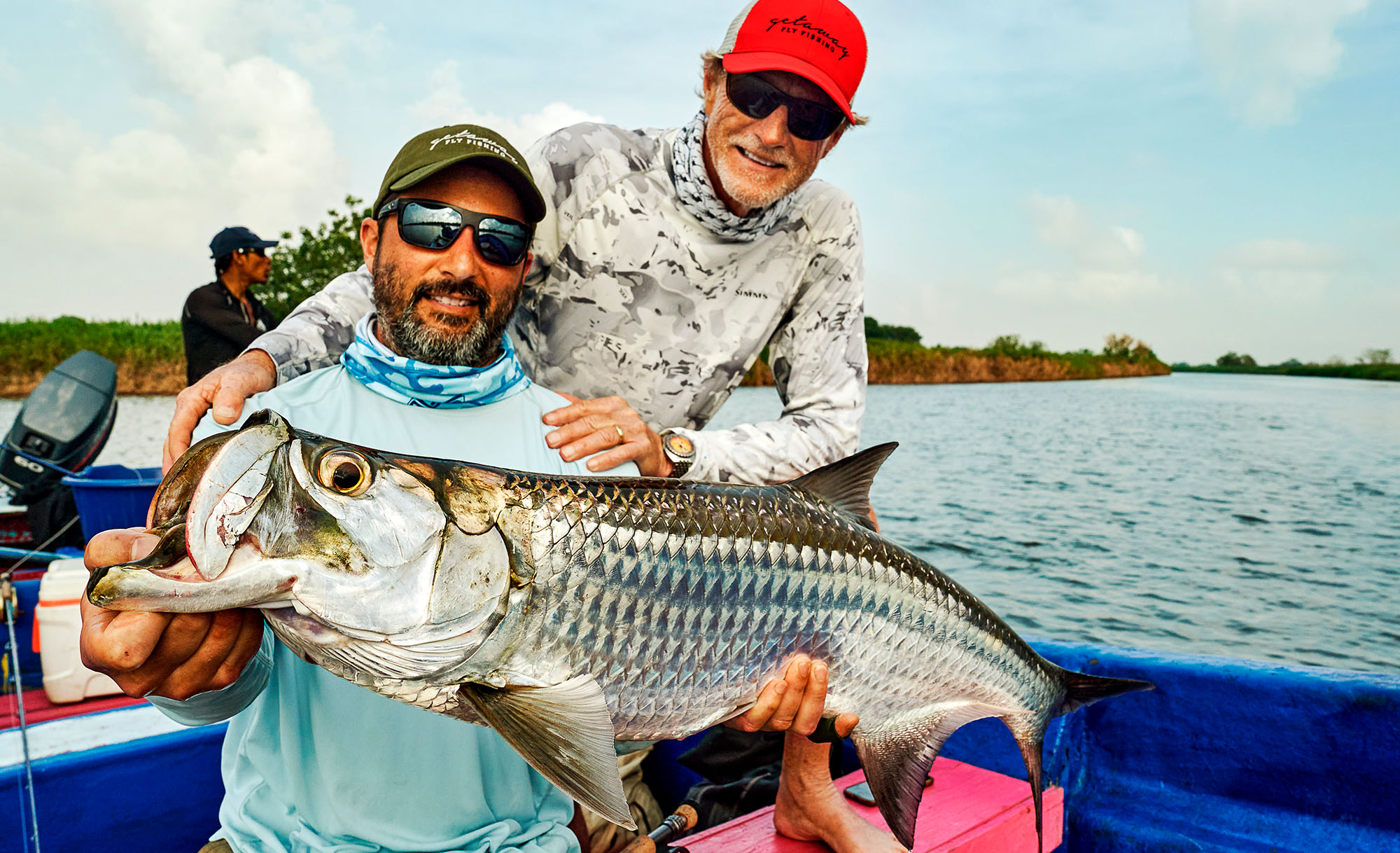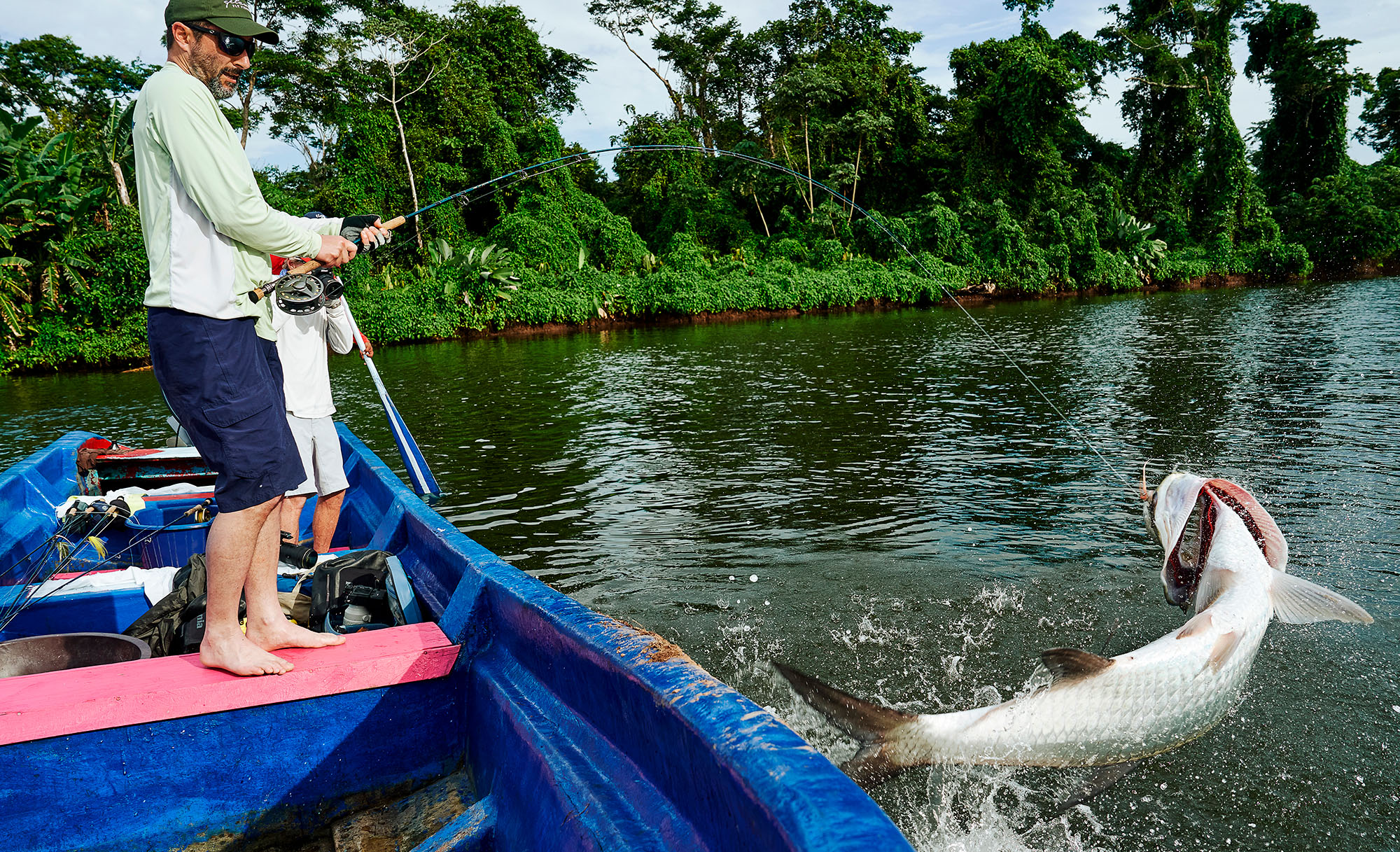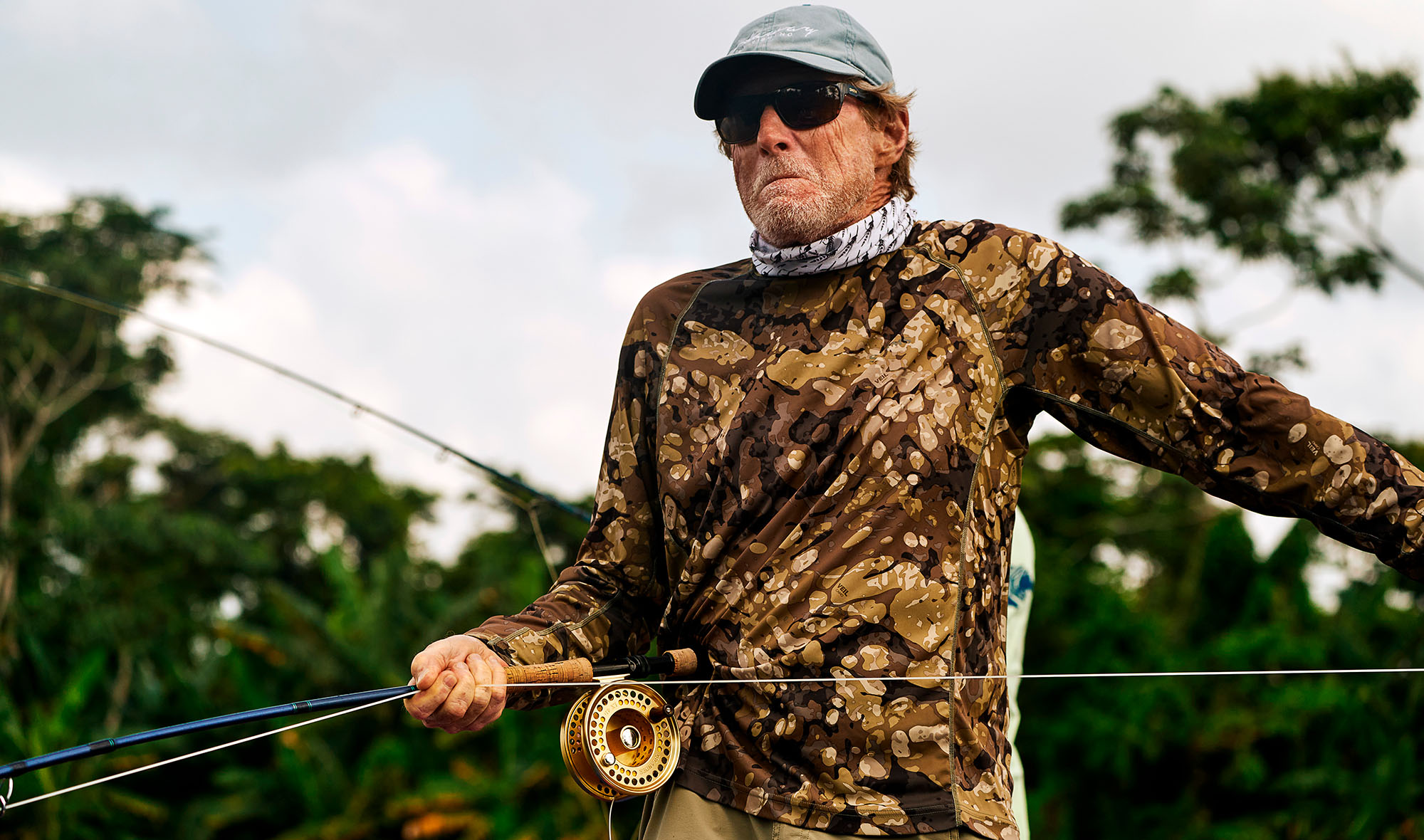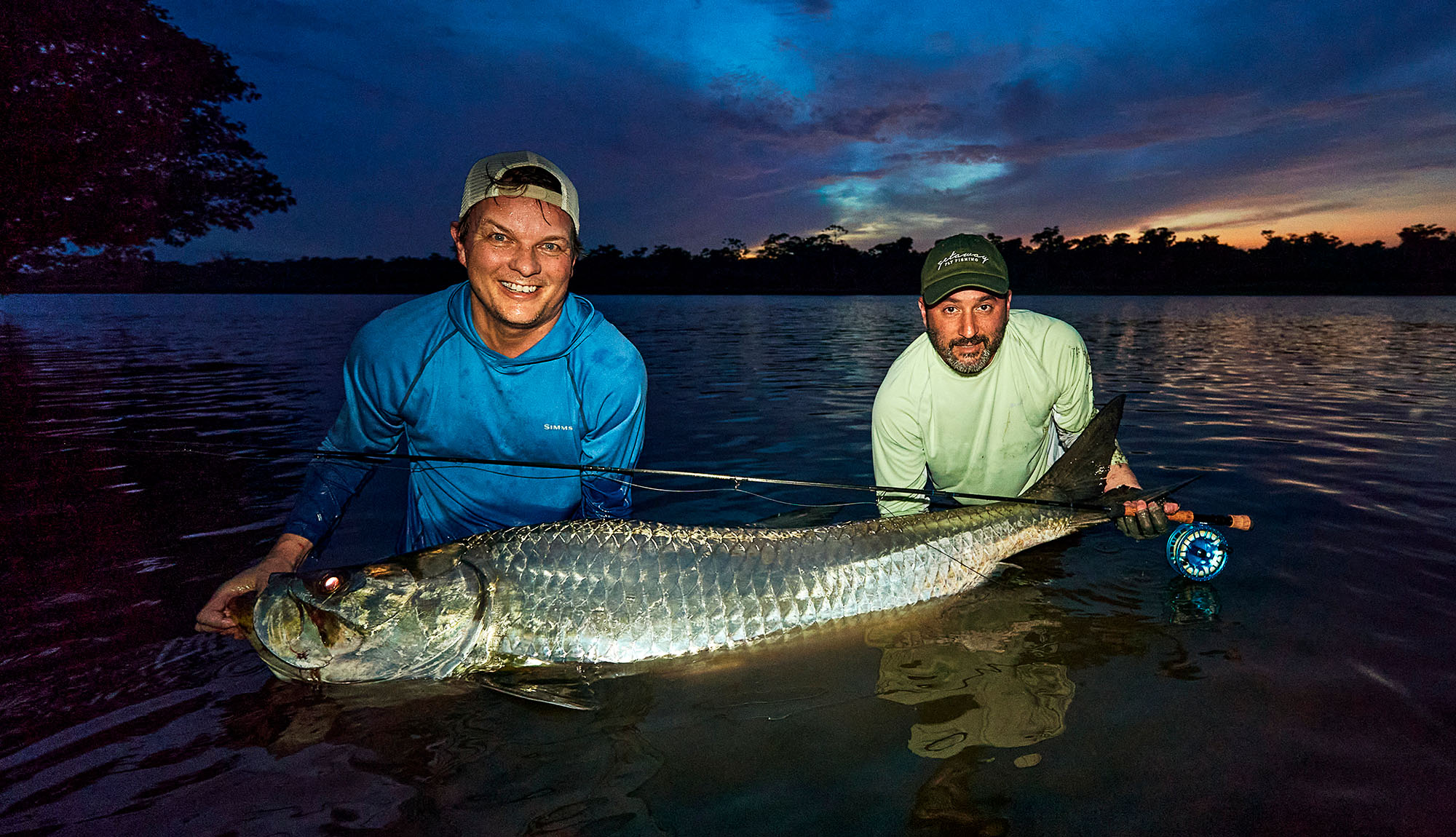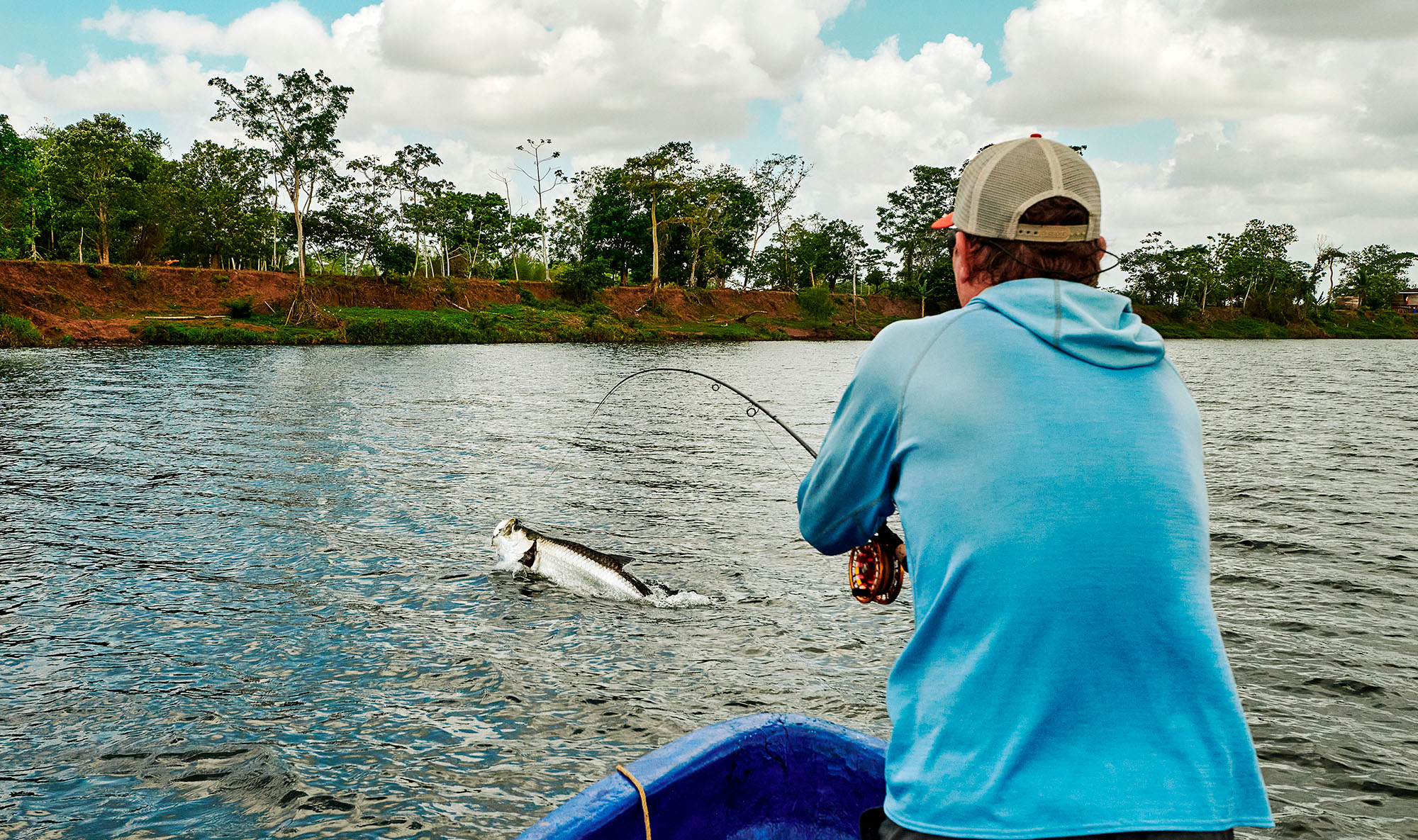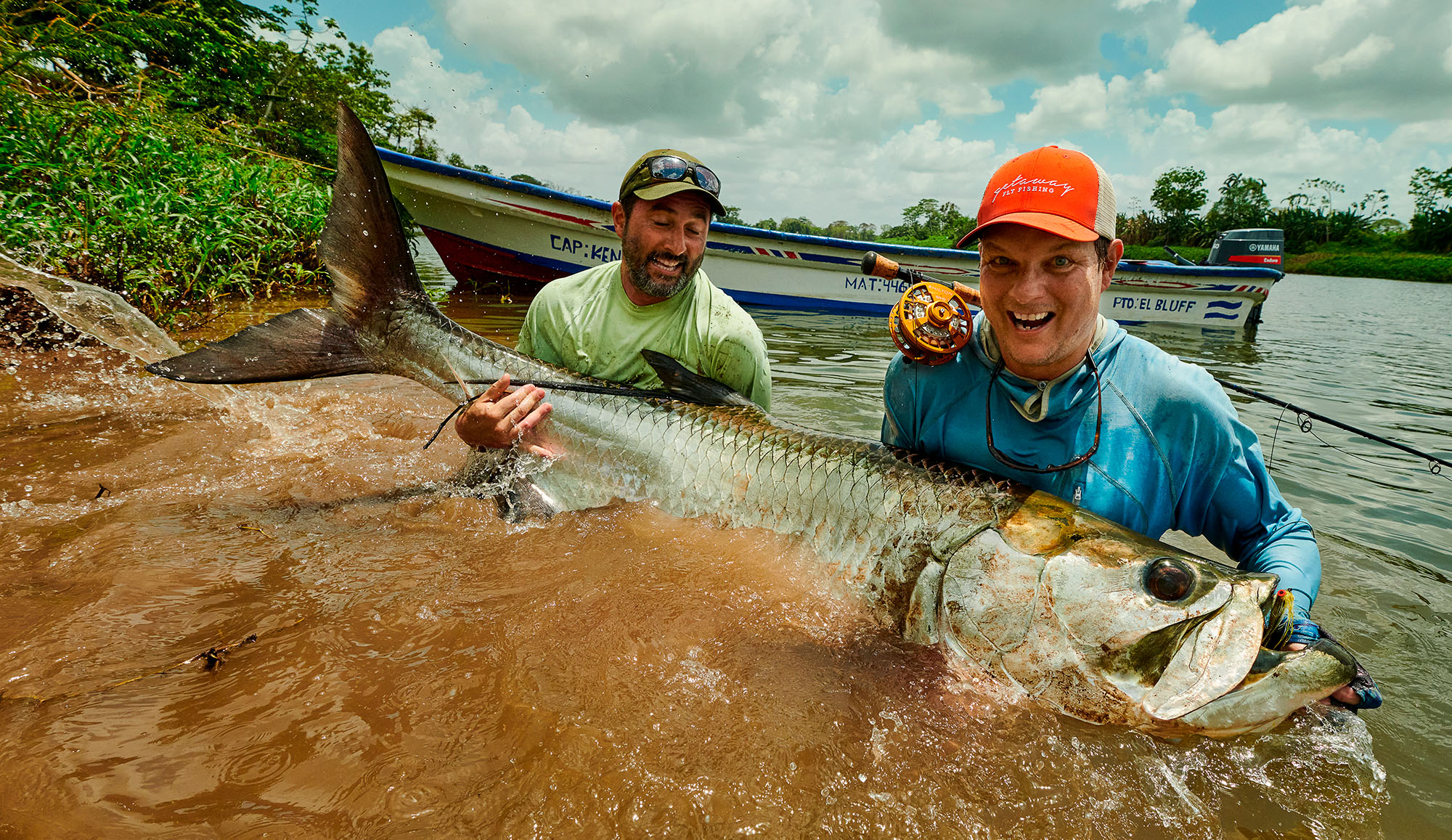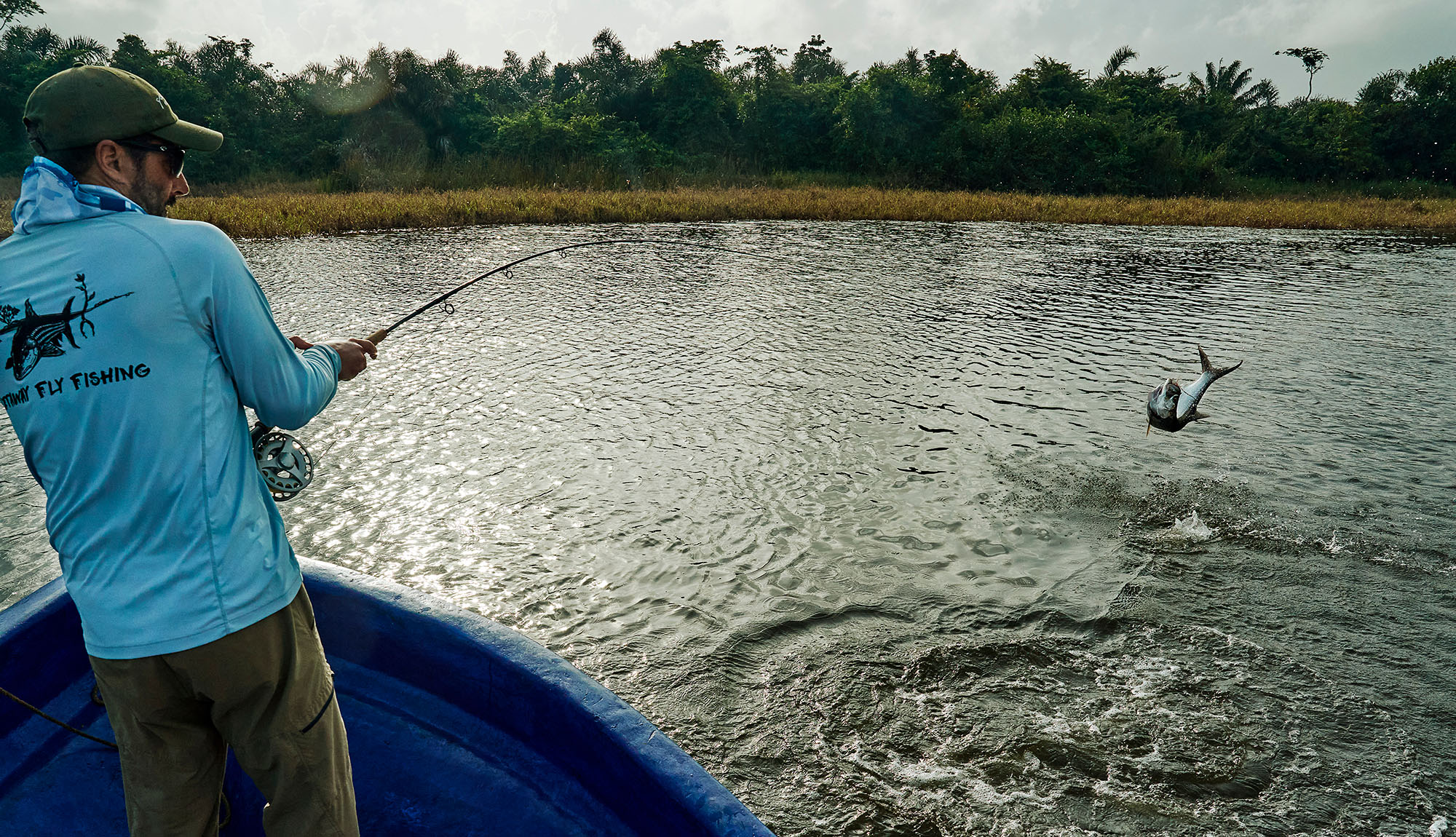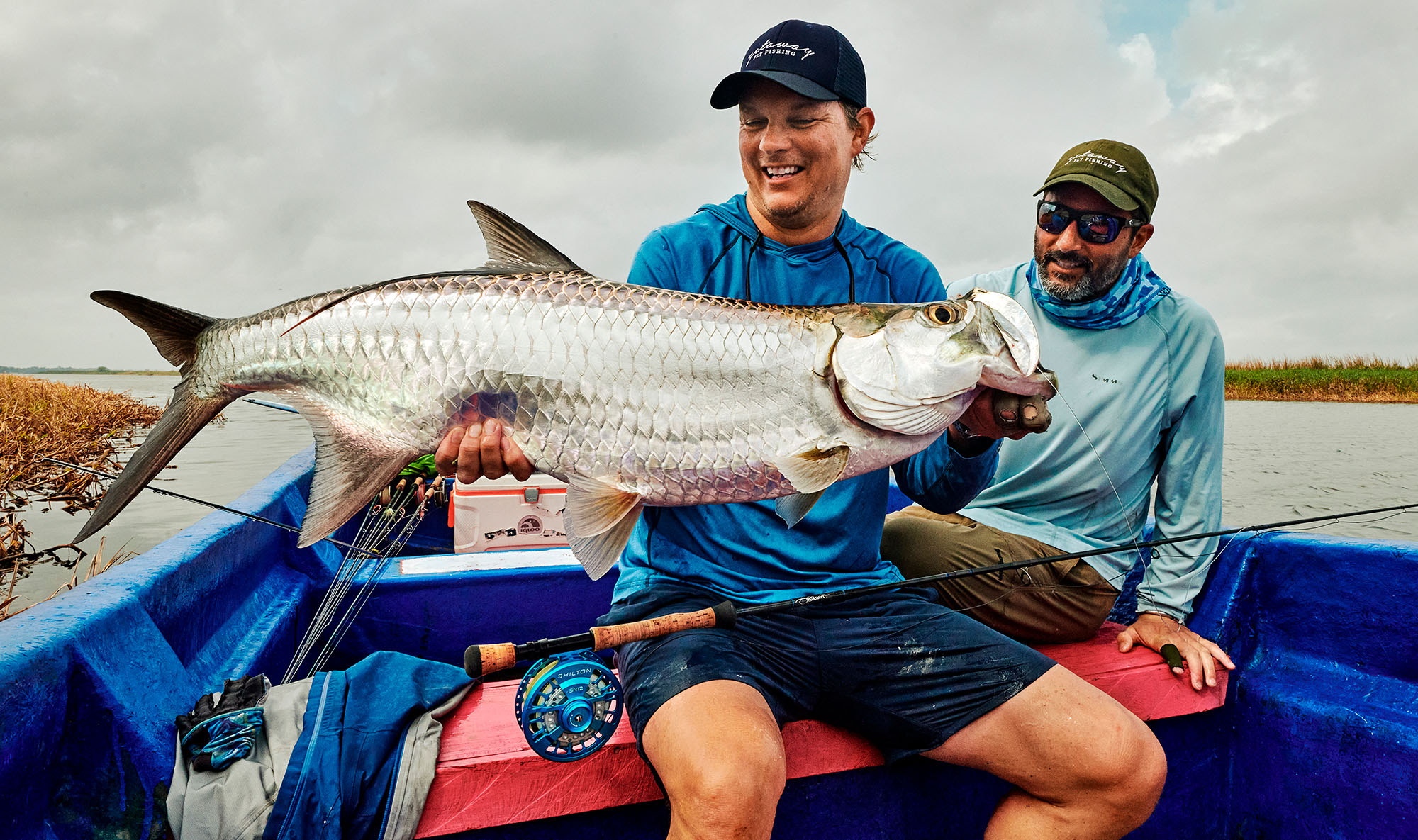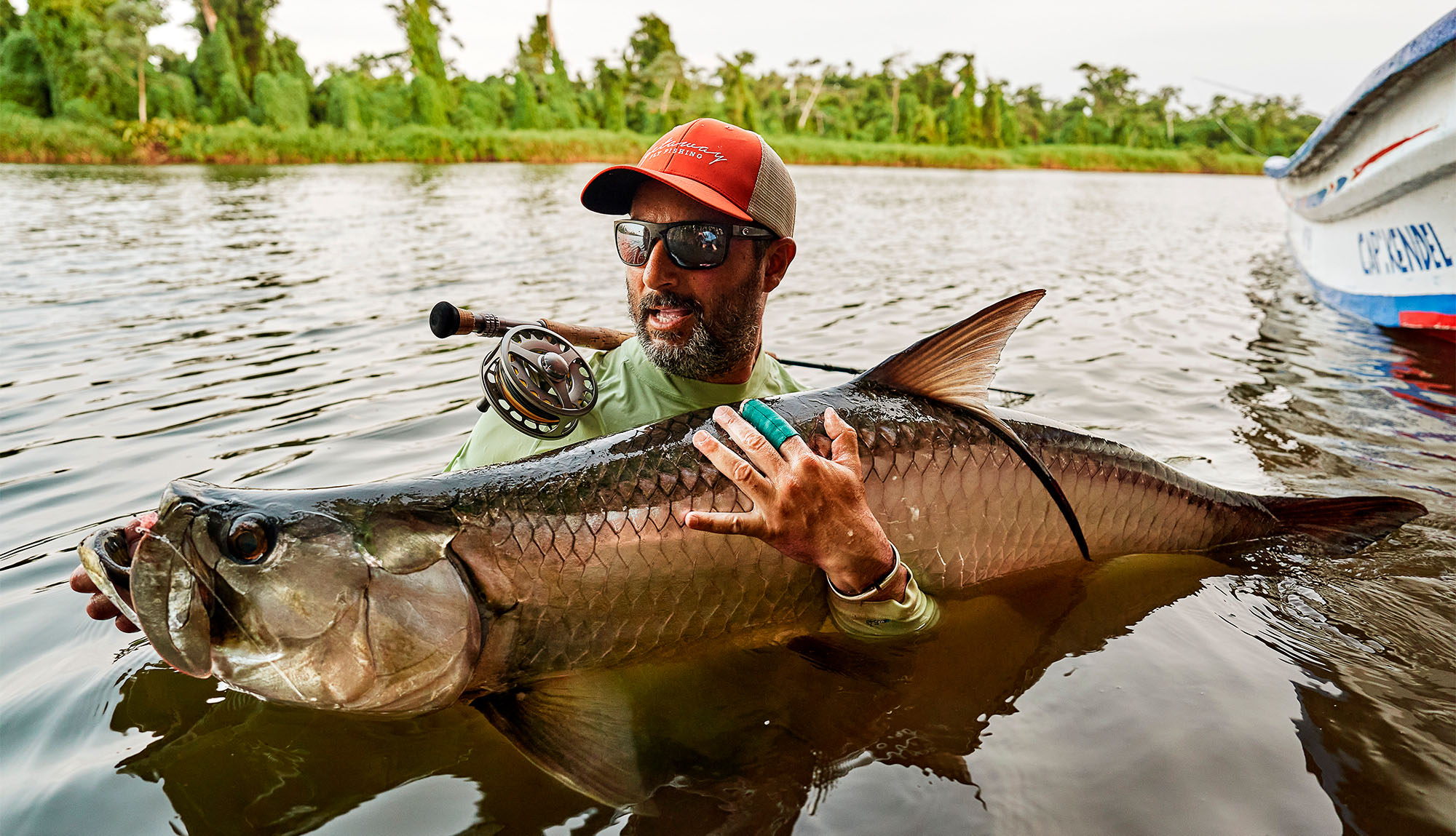We opened Tapam in 2016, and in the years that followed, it earned a reputation as the place to go for giant jungle tarpon. Our 2020 season was set to be the first at our new lodge, and we were preparing for another busy year.
During the winter months, I tied flies—some trusted patterns that had already proven their worth, and some new creations I was eager to try out. I prepared leaders and rigged my reels with new fly lines. I was ready for another Rumble in the Jungle, and March 16, the date of my departure for Nicaragua, couldn’t come fast enough.
If you’re good with dates, you’ve probably already guessed that I never made it to the new lodge that year. COVID-19 hit, and just a few days before my planned departure, the world began to shut down. Tapam shut down with it.


